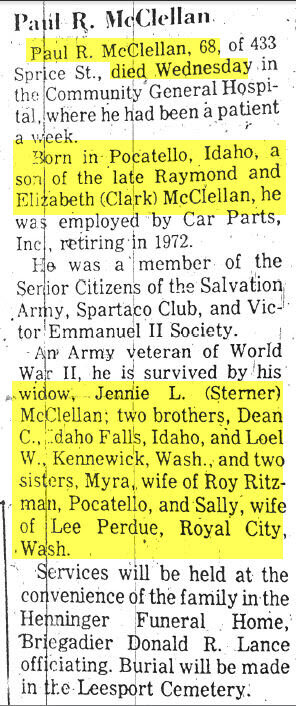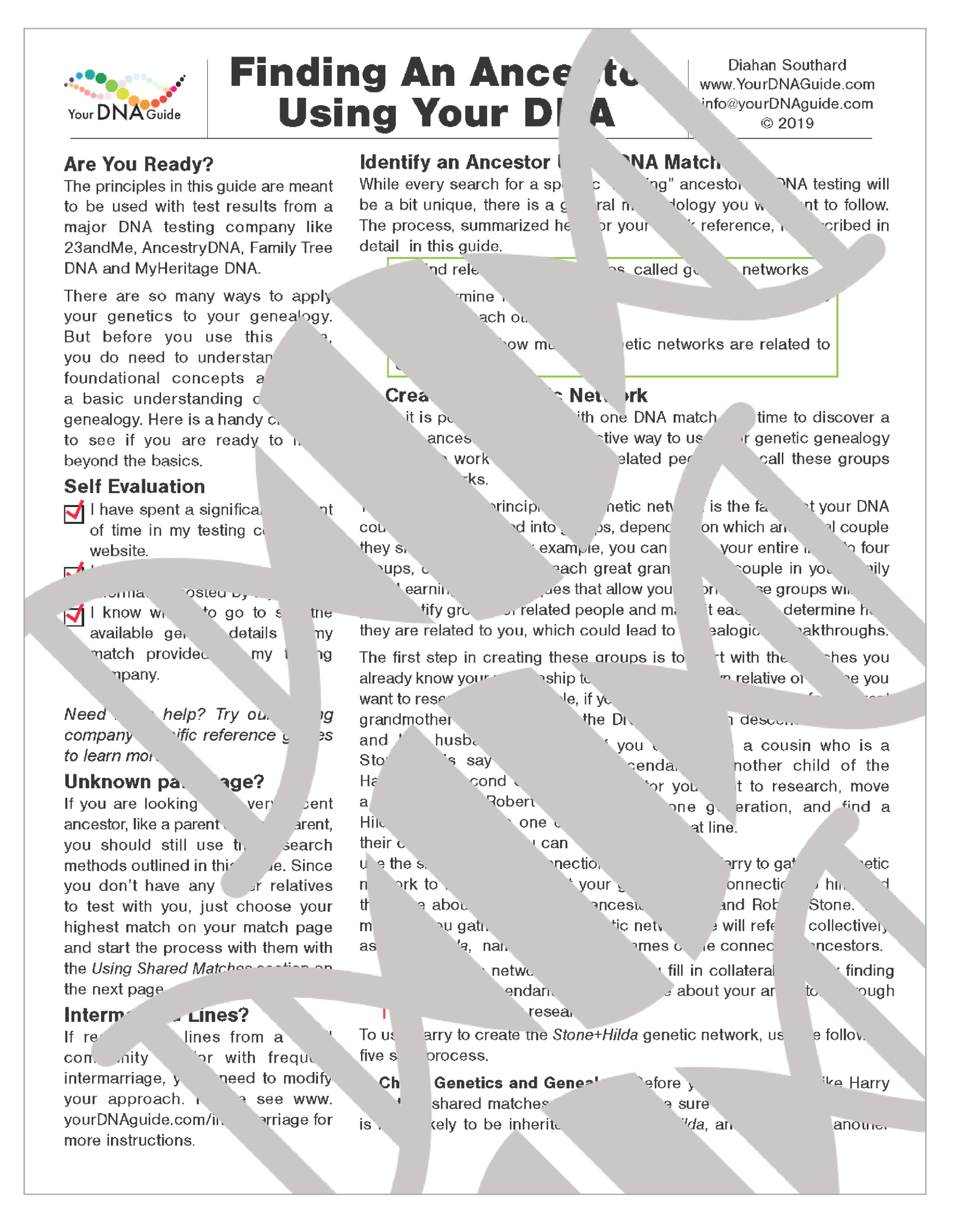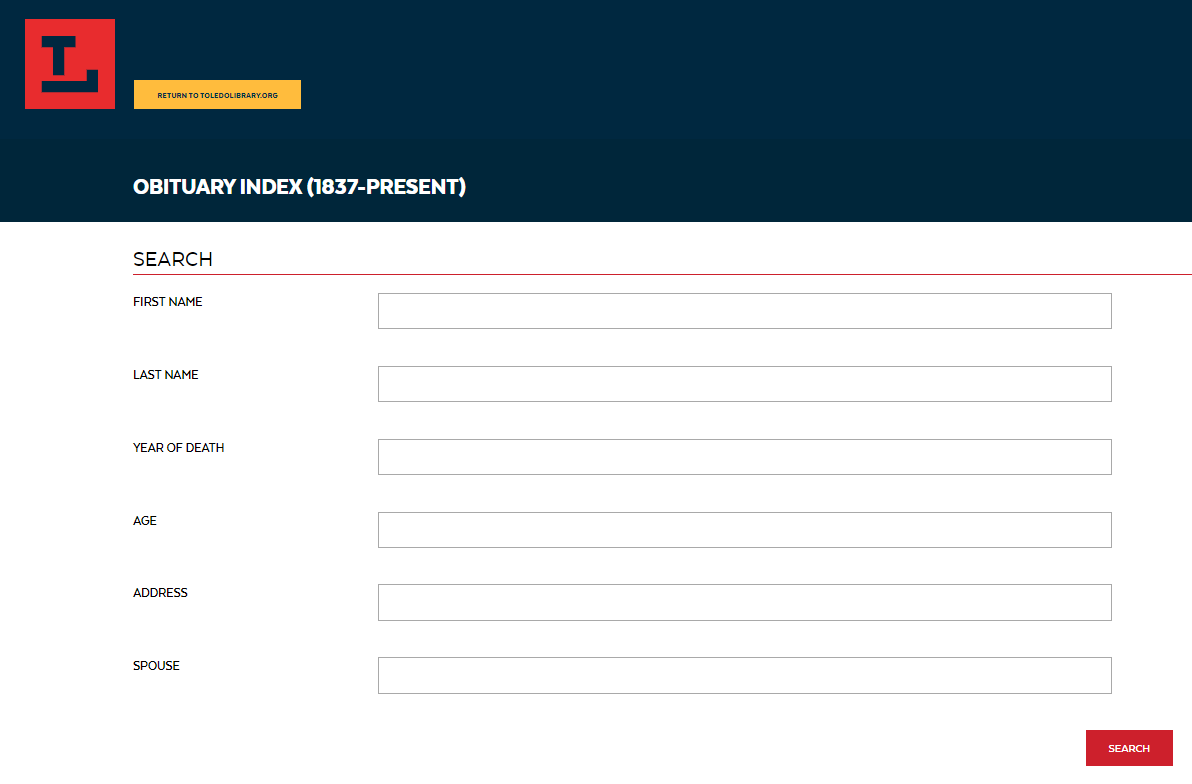How do obituaries and DNA matches go together? Obituaries can help you figure out how you’re related to your DNA matches. Here are three ways to find obituaries to help fill out your family tree.
 The best possible family tree for your DNA matching experience includes plenty of spouses, cousins, aunts and uncles. To help identify all those second and third (and maybe even fourth) cousin matches, your most effective family tree will come as close to the present generation as possible on those extended family lines.
The best possible family tree for your DNA matching experience includes plenty of spouses, cousins, aunts and uncles. To help identify all those second and third (and maybe even fourth) cousin matches, your most effective family tree will come as close to the present generation as possible on those extended family lines.
What this means is that you may spend a lot of time reconstructing family groups from the late 1800s and 1900s. One of the best historical sources for doing this quickly in the U.S. (and some other countries as well) is obituaries.
Obituaries identify relatives
 The practice of publishing obituaries and death notices became increasingly common in the decades after the Civil War and throughout the 1900s. Obituaries are short biographical tributes that appeared in local newspapers after the passing of a loved one. (Death notices are a shorter version of these, often a bare-bones announcement of deaths.) Sometimes different versions of obituaries appeared in multiple papers. They often have meaningful details about the deceased’s life, identity and family relationships.
The practice of publishing obituaries and death notices became increasingly common in the decades after the Civil War and throughout the 1900s. Obituaries are short biographical tributes that appeared in local newspapers after the passing of a loved one. (Death notices are a shorter version of these, often a bare-bones announcement of deaths.) Sometimes different versions of obituaries appeared in multiple papers. They often have meaningful details about the deceased’s life, identity and family relationships.
According to FamilySearch, the average obituary mentions about 10 family members, and often says how they are related to each other. This is key for reconstructing family groups! Here’s a great example: the 1969 obituary of my great-grandfather. This obituary is packed with details about my great-grandfather, Raymond McClellan.
Along with details of his death are his birthdate and place, parents’ names, and the names and wedding dates for both spouses. Among the list of survivors are named three sons, two stepsons, and two brothers (with their places of residence); and two daughters, two stepdaughters and two sisters (with the names of their spouses and residences). There’s also a tally of 36 (unnamed) grandchildren and 20 great-grandchildren.
These details help fill out Raymond’s family tree quite nicely. Especially helpful for a family tree that you’ll use for DNA matches is the distinction between his children and stepchildren, so you’ll know not to expect biological matches from those stepchildren. The tally of unnamed descendants gives you an idea of how many of his descendants were living at the time of his death. This helps both with tree reconstruction and also to warn you that it might take awhile to fully extend this tree. (He had a big family!)
3 ways to find obituaries
Google the obituary
For loved ones who passed away in recent years–and especially those who had an unusual name–you may be able to find an online obituary with a Google search. Use the full name, including both maiden and married surnames, and the name of a spouse, sibling or child, especially one with an unusual name. To filter search results, add the place and year of death (if you know it), or a range of years (use the format 2009..2011 to search for years within that timeframe). Sometimes you’ll find a tombstone memorial or another webpage with a transcribed obituary; that’s a helpful start, but try to track down the actual thing.
2. Search online databases
A second at-your-fingertips resource for obituaries is genealogy and historical newspaper websites. They offer indexed obituaries (meaning the information has been abstracted) as well as searchable digitized newspapers. Searching the latter isn’t always successful (the search system can’t always “read” the old newsprint) but when it is, you can read the original for yourself, which is always better–more accurate and complete than an index.
- The free website FamilySearch has invaluable collections of indexed obituaries taken from the GenealogyBank newspaper collections, as well as smaller collections of obituaries and obituary abstracts. Search the big collections here:
- Subscription website Ancestry.com has a growing collection of millions of obituaries extracted from digitized issues at Newspapers.com, along with another collections. If you’re a Newspapers.com subscriber (or your local library offers access), definitely use the site to search for U.S. obituaries and death notices. If you’re not already a Newspaper.com subscriber, consider getting a subscription.
- Subscription giant MyHeritage has created its own search portal for the free Chronicling America (U.S.) and Trove (Australia) digitized newspapers. It also has growing collections of searchable, digitized newspapers for individual U.S. states and other places.
- Subscription site Findmypast (and its sister site, The British Newspaper Archive) offer searchability of millions of digitized British and Irish newspapers, where death notices are common. Findmypast also offers subscribers access to an enormous US Newspapers collection, which you can also access separately at NewspaperArchive.com.
- Wish you had access? Check your local libraries to see what subscriptions they offer to genealogy and historical newspaper websites.
3. Contact libraries in the deceased’s hometown.
Public libraries often maintain obituary files, created from their own local newspaper collections. Try Googling the name of a city or county along with the word “library” and “obituary” to see if you find references to such a collection. This may be on a library webpage for local history or genealogy. Some libraries may even offer a searchable online index, such as the one shown below for the Toledo, Ohio public library.
If you can’t find such anything, contact the library and ask whether they have an obituary retrieval service. If they do, it’s probably easy and inexpensive to request one. You should know the person’s name at death and their approximate death date.
Search for obituaries for every relative on the tree you’re attaching to your DNA results. You may find additional details that fill in the blanks for elusive or previously-unknown relatives. Put all the details you find into your family tree. Don’t worry if the info is incomplete, such as an unknown surname for a woman. Any information may be useful!
Read more FREE tips for building out the most effective family tree for your DNA matching experience.
Ultimate DIY DNA Education
 Exploring your DNA matches and rebuilding your family tree is exciting—but it takes skills. Especially if you have specific questions about your ancestry. We believe YOU can DO the DNA! And we are here to help, every step of the way.
Exploring your DNA matches and rebuilding your family tree is exciting—but it takes skills. Especially if you have specific questions about your ancestry. We believe YOU can DO the DNA! And we are here to help, every step of the way.
Get started with our inexpensive quick reference guides for the different DNA testing types, testing companies and our popular Finding an Ancestor Using Your DNA.



